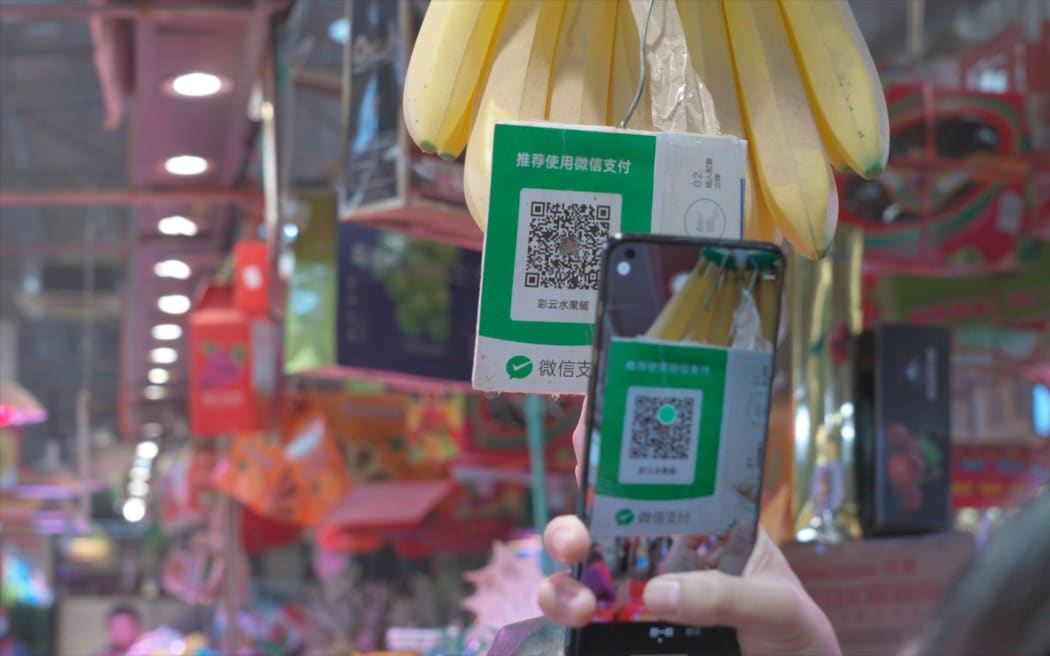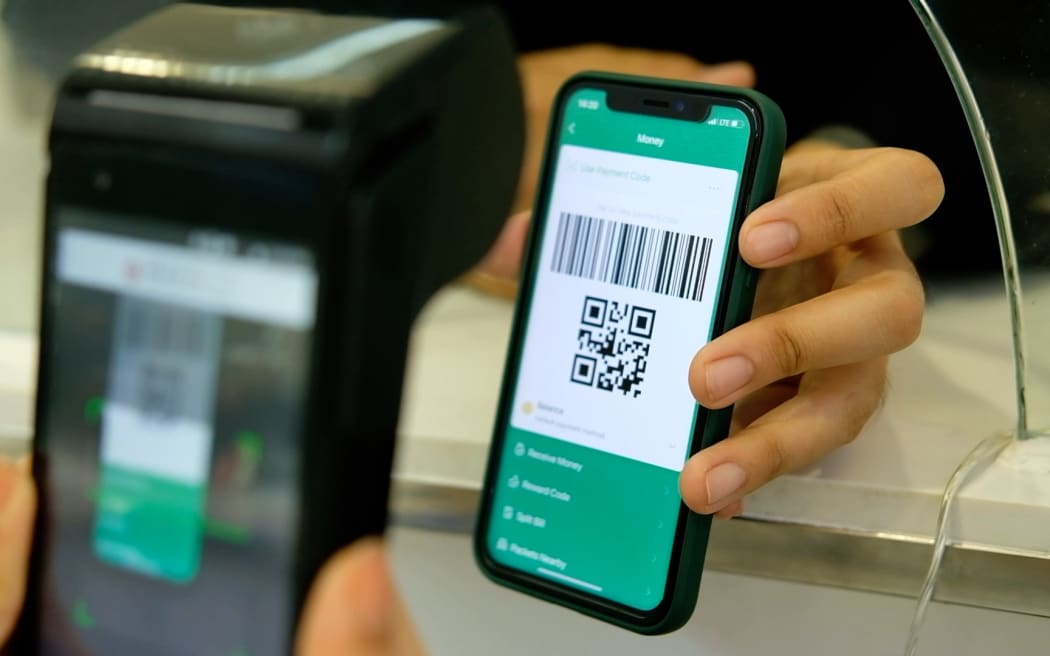The lessons NZ can learn from Asian fintech platforms

New Zealand fintech experts are advocating for increased collaboration with Asia to broaden market reach and spur growth.
Fintech is one of New Zealand’s fastest-growing tech sectors.
According to the 2024 TIN NZ Fintech Report, New Zealand’s total fintech revenue grew from $160 million in 2013 to $2.64 billion in 2023, a growth that is four times larger than the rest of the tech industry combined over the past decade.
Last year, 84 percent ($2.2 billion) of New Zealand’s fintech revenue came from overseas, a 28 percent increase worth $486 million year on year.
Growth in 2023 was driven by strong performances in North America (up 26 percent), Europe (up 29 percent) and Australia (up 30 percent).

New Zealand fintech companies have traditionally concentrated on expanding into North America, Europe and Australia.
However, financial experts are now urging domestic fintech firms to target the Asian market and enhance cooperation with Asian partners.
FinTechNZ executive director Jason Roberts believed New Zealand was on the brink of rapid growth in financial fintech innovation, highlighting the importance of strong ties with ASEAN markets.
“At the moment, around 3 percent of our fintech revenue comes from ASEAN, which is very low by comparison with Australia,” Roberts said.
“Our traditional markets are saturated, quite competitive, and we’re not scaling or growing,” he said. “If we can get the right look and feel of our products into an Asian marketplace, the possibility for scale growth is phenomenal.”
He said countries such as China and India were experiencing incredibly fast digital shifts in business practices, adding that New Zealand shouldn’t lag behind in terms of competition and innovation.
PricewaterhouseCoopers’ Navigating the Payments Matrix report showed the financial services industry was undergoing significant transformation, with payments becoming increasingly cashless.
Global cashless payment volumes were set to increase by more than 80 percent from 2020 to 2025, with the Asia-Pacific region leading the growth.
The volume of cashless transactions in the Asia-Pacific region was expected to grow by 109 percent by 2025.

Swathi Parikh, a partner at PricewaterhouseCoopers New Zealand, said the large population of Asia attracted more investment into the market, thereby expanding the entire fintech landscape.
“The overall Asia-Pacific [region] … has a lot of developing countries,” she says. “There is a big population which gives a market size [and] that helps to attract more investment into these areas. With the investment, a lot of companies have started innovating. … They have directly elevated old systems into the next generation of mobile payment ecosystems.”
She said urbanization in the Asia-Pacific region and a supportive regulatory system for financial inclusion had further boosted an Asia-backed digital payment ecosystem.
The PricewaterhouseCoopers report also indicated that fast-growing Asian markets were driving new business models and innovation.
In China, Alipay and WeChat Pay (officially known as Weixin Pay) have created a new paradigm around “super apps” as payment platforms.
Weixin Pay, which is integrated into the WeChat app, allows users to make quick payments via QR codes and Mini Program payments.
Alipay offers similarly advanced tools such as “smile-to-pay” functionality or QR code payment solutions, catering to various digital payment needs and rendering cash transactions increasingly obsolete.
In China, these apps enable users to pay for food, clothing, transportation, education and entertainment using QR codes.
China boasts a smartphone penetration rate of more than 70 percent, making mobile payments a common part of everyday life in Asia.
However, a vastly different digital environment exists in New Zealand.
Roberts said New Zealand’s financial infrastructure was built around a well-established Western model, with bank cards typically used to complete most transactions.
“You might be using apps such as Alipay, eBay or other third-party services that provide financial capabilities without necessarily requiring a bank account,” he said.
“[But] it is very different in New Zealand,” he said. “I think 93 or 94 percent of New Zealanders have a bank account, and so when you think about elderly and young people, that’s pretty much every single person. [New Zealand] has quite an established environment and uses traditional systems.”
Weixin Pay entered the New Zealand market in 2016, while Alipay began offering cross-border payment services for Chinese tourists in 2013 before officially launching in New Zealand in 2016.
However, the primary users of such platforms in New Zealand remain Chinese tourists and international students.
Shu Mei, head of strategic communications for Alipay Outbound Business at Ant International, said Chinese students and tourists visiting New Zealand could access QR code payment services and online Mini Program services.
However, these services were not yet available to most New Zealanders.

Roberts said while Alipay and WeChat Pay had established a strong foothold in the Asian community, they had yet to be widely adopted by other New Zealanders.
“Alipay and WeChat have got very strong verticals in particular sectors in the Asian community because they’re used to sending money backwards and forwards, but it hasn’t been universally adopted,” Roberts said. “The banks and other providers here (in New Zealand) aren’t using the same technologies to the level that they are overseas.”
Mei said Alipay has partnered with the Bank of New Zealand, enabling the bank to offer Alipay as a payment option to local businesses.
“Cooperation with local mainstream banks will definitely take some time and effort,” Mei said. “But partnering with BNZ signifies that we are recognized and accepted by the local system, and this close cooperation has entered a new stage.”
Monica Zheng, managing director of Weixin Pay Oceania, said that major New Zealand merchants, including The Warehouse Group, Pak ‘N Save, duty-free and travel retailers Lagardère and DFS, and shopping centers such as Farmers and Smith & Caughey’s had adopted Weixin Pay.
“Quick Pay (scanned by merchants) and QR Code Payment, which includes dynamic and static QR codes, are collectively referred to by industry partners as scan to pay,” Zheng said.
“This method has become widely popular in the New Zealand market,” she said.
“Major payment institutions and POS providers such as Windcave, Verifone and Adyen have integrated support for this mode into their devices. It is widely used by both large enterprises and small- to medium-sized merchants across various industries.”

Zheng said Weixin Pay would keep exploring collaborations with New Zealand technology companies.
Parikh predicted significant growth for New Zealand fintechs once open banking APIs and consumer data right regulations were implemented.
Roberts agreed, noting that New Zealand’s slow adoption of consumer data right legislation had hampered investment and innovation by banks and service providers.
“We’re seeing new rules and regulations coming in or planning to come,” Roberts said. “You will then see innovations and new products, which may include the expansion of international inbound competitors like Alipay, WeChat and others.”
Parikh said QR code payments, which are widely used by Alipay and Weixin Pay, could potentially gain popularity in New Zealand.
“We’ve all used the COVID Tracer app, right?” she said. “People know how to pick up their phone, do the scan … so we’ve already trained people. … Once merchants get onto it, and more merchants start using QR codes, it will become more widespread.
“The prevalence of digital payments will keep on increasing [in New Zealand],” she said. “There will be a shift to digital payments, QR codes and mobile payments. There will be a lot of integration that will happen between your payments and other platforms.
“But this also means there needs to be more emphasis on security, fraud prevention, data privacy. The overarching thing is that our regulatory developments will have to keep pace with these changing landscapes.”
When questioned about the security processes of the platforms, Zheng said user safety and data privacy were top priorities for Weixin Pay.
Weixin Pay prohibited any criminal behavior and had dedicated significant resources to combating online scams through technology, fraud risk prevention and reporting tools, she said.
Quoting company policy, a spokesperson for Alipay said the platform strictly safeguarded user privacy by adhering to relevant Chinese regulations.
Alipay’s policy also guaranteed that it would not share users’ personal and bank information with third parties in any form, the spokesperson said.
According to the news on Radio New Zealand




